8 Common Questions About Tree & Shrub Insect Control Services
There are lots of important questions to ask out there:
Why does it always rain the day after you wash your car?
Where’s the best place to hide the last brownie so the rest of your family won’t find it?
So if you haven’t gotten around yet to asking questions about insect control for trees and shrubs, we get it.
Let’s make it easy. We’ll ask the questions for you, based on the things people seem to want to know.
Do you need tree and shrub insect control services? How does it work? When do you start?
So many questions. Let’s answer them.
1. How Do I Know if I Need Tree and Shrub Pest Control?
Usually, a healthy tree or shrub can bounce back from pest attacks.
But repeated infestations weaken a tree and can eventually kill it. And some tree and shrub pests are more deadly than others.
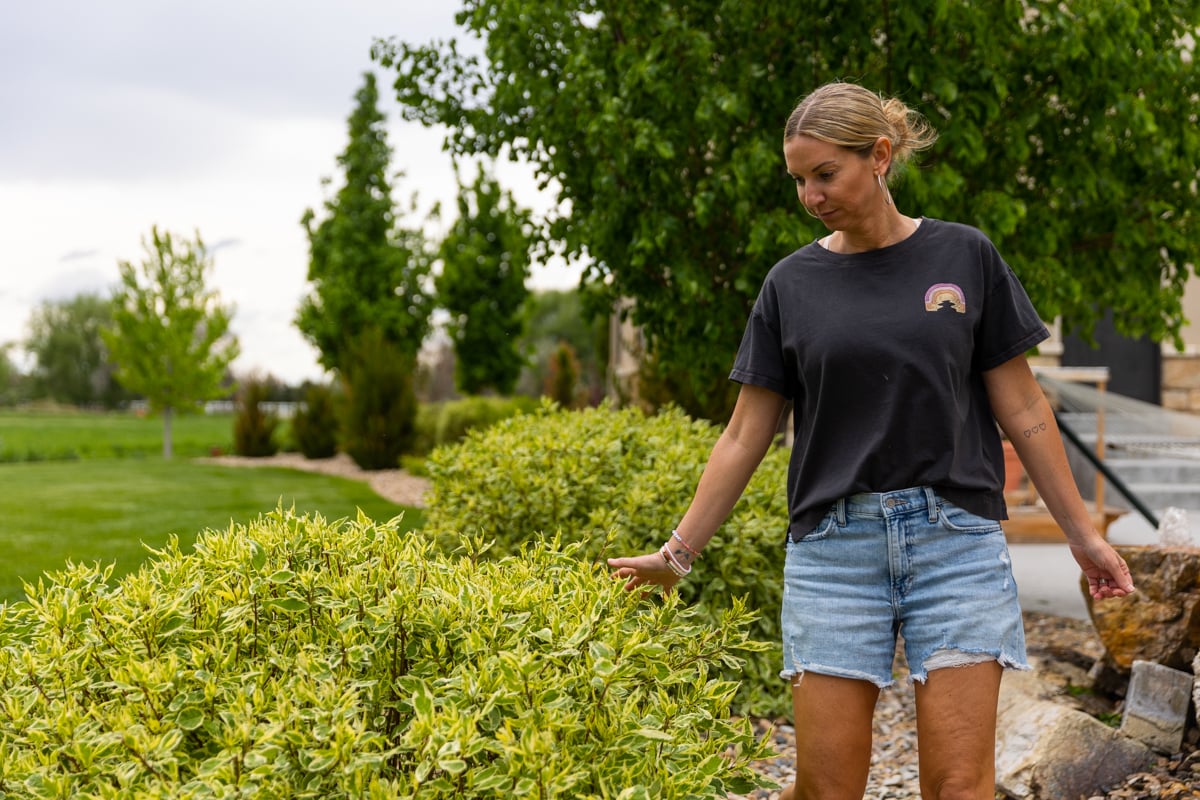
Are bugs feasting on your precious trees and shrubs? They don’t exactly post a big sign that says “Bug Buffet Here!”
But there are often signs.
Tree borers leave entry or exit holes in the bark and small mounds of sawdust at the base.
You might notice wilted or dying sections of your tree’s crown.
Tree suckers leave scaly formations on branches and a sticky substance called honeydew, which sounds way better than it actually is. Sometimes this honeydew turns into a fungus called sooty mold, causing branches and leaves to appear black. Gross, right?
You might notice dying leaves.
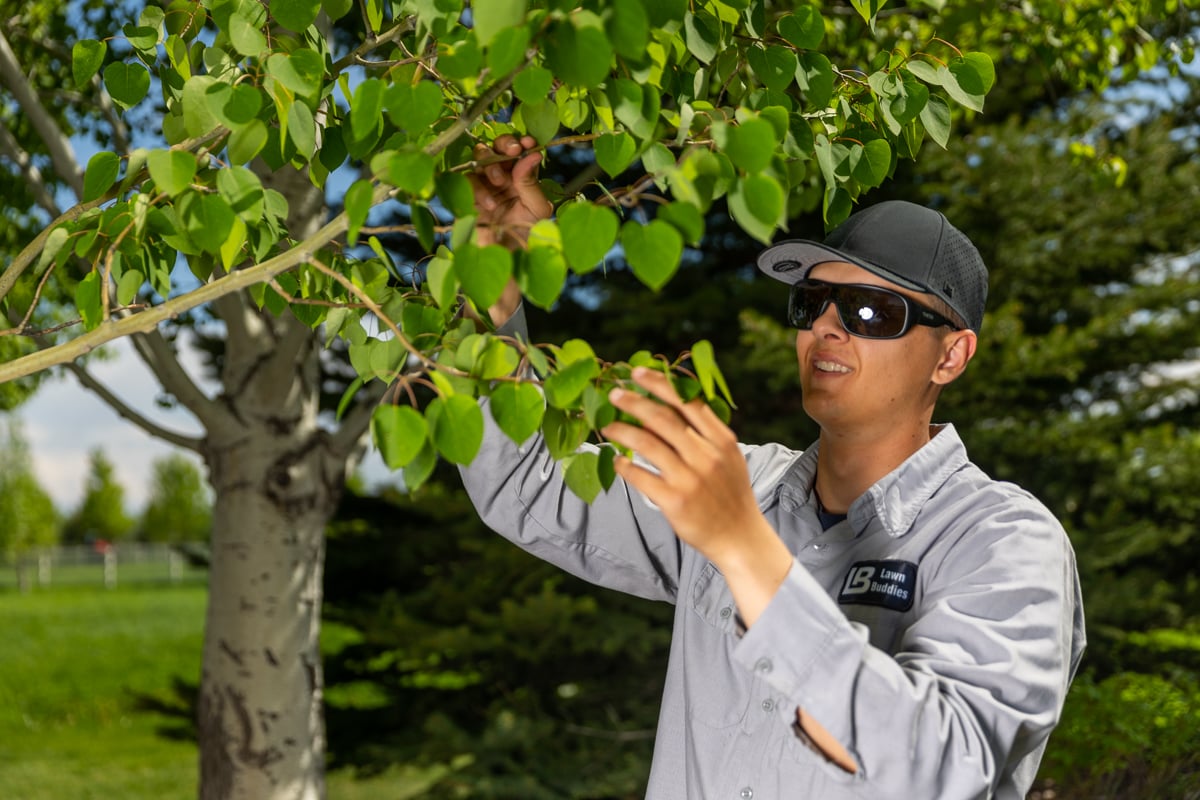
If you have aphids (and almost everybody does, more on this in a bit) you might see misshapen, curling, or yellowing leaves.
So, if you see any of this stuff, then what?
2. What Does Tree and Shrub Pest Control Involve?
Pros attack insect control for trees and shrubs with what they call “foliar treatments,“ which means they spray the leaves with insecticide. When insects come in contact with it, they die.
It’s really important to know what type of insect is on your tree or shrub, which is where identification by experts comes in.
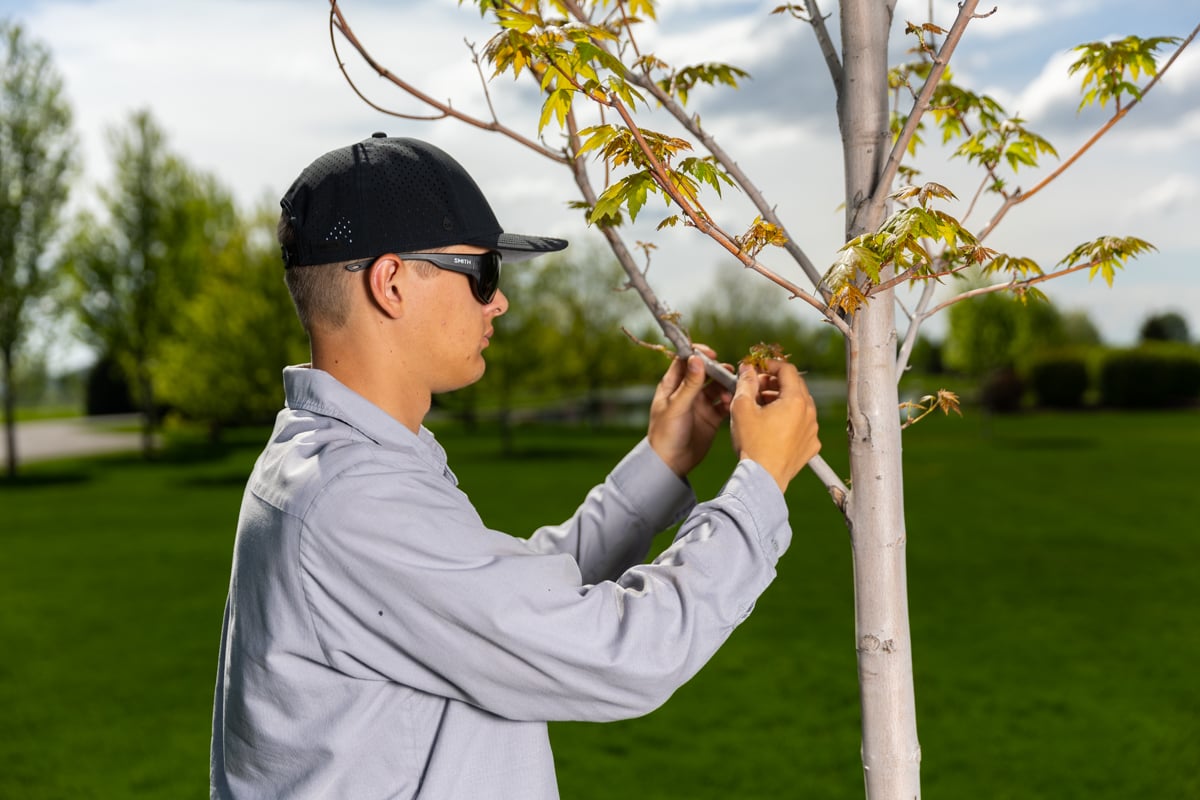
Different insects have specific life cycles and require certain treatments.
But general tree and shrub pest control is a great start for prevention and some control.
3. Will One Tree and Shrub Pest Control Treatment Fix My Trees?
Nope. It will help, but it’s important to get on a regular program to make sure we control the bug, then do the best we can to protect the tree from this happening again. It's much easier to stay on top of protection than to get pesky insects out of your tree.
4. Is Insect Control for Trees and Shrubs Safe?
General tree and shrub insecticide treatments use minimal product, and are considered fairly safe.
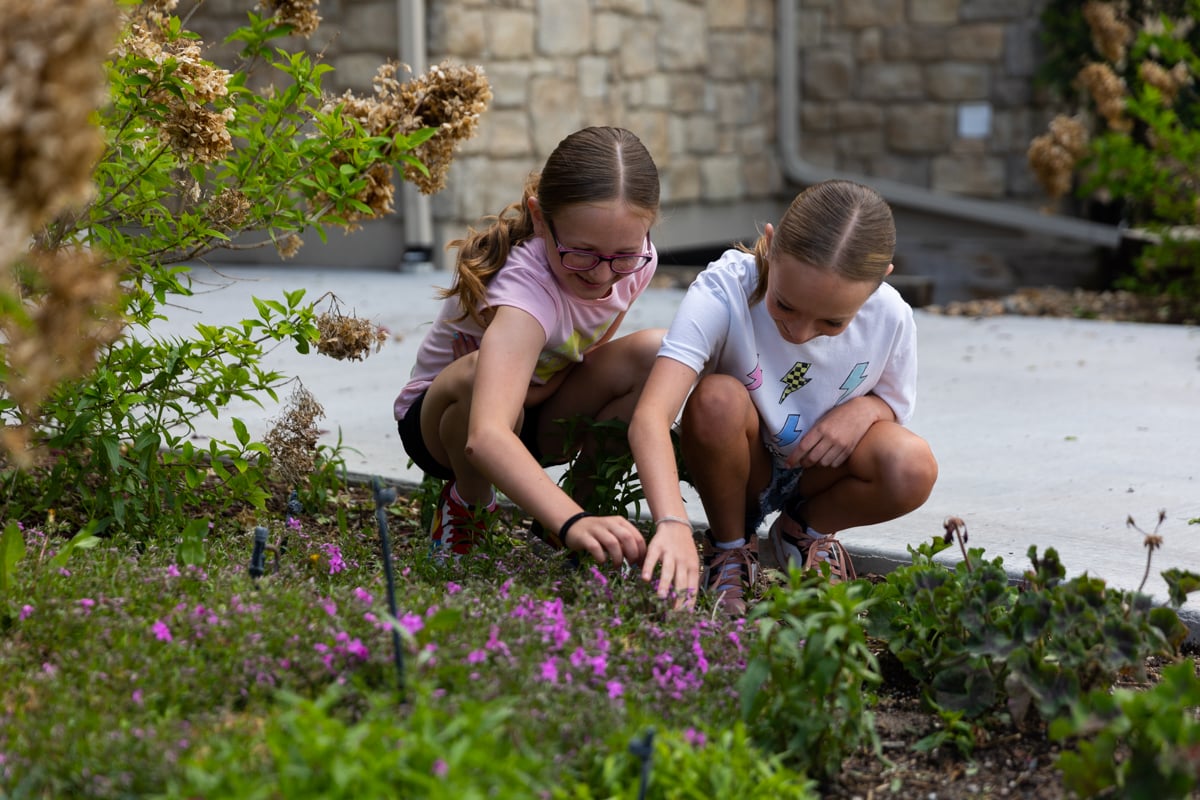
As with any landscaping treatment, avoid the treated area until the spray has dried.
5. How Long Does Tree and Shrub Pest Control Last?
This changes, depending on exposure to sunlight and moisture, but four weeks is pretty standard.
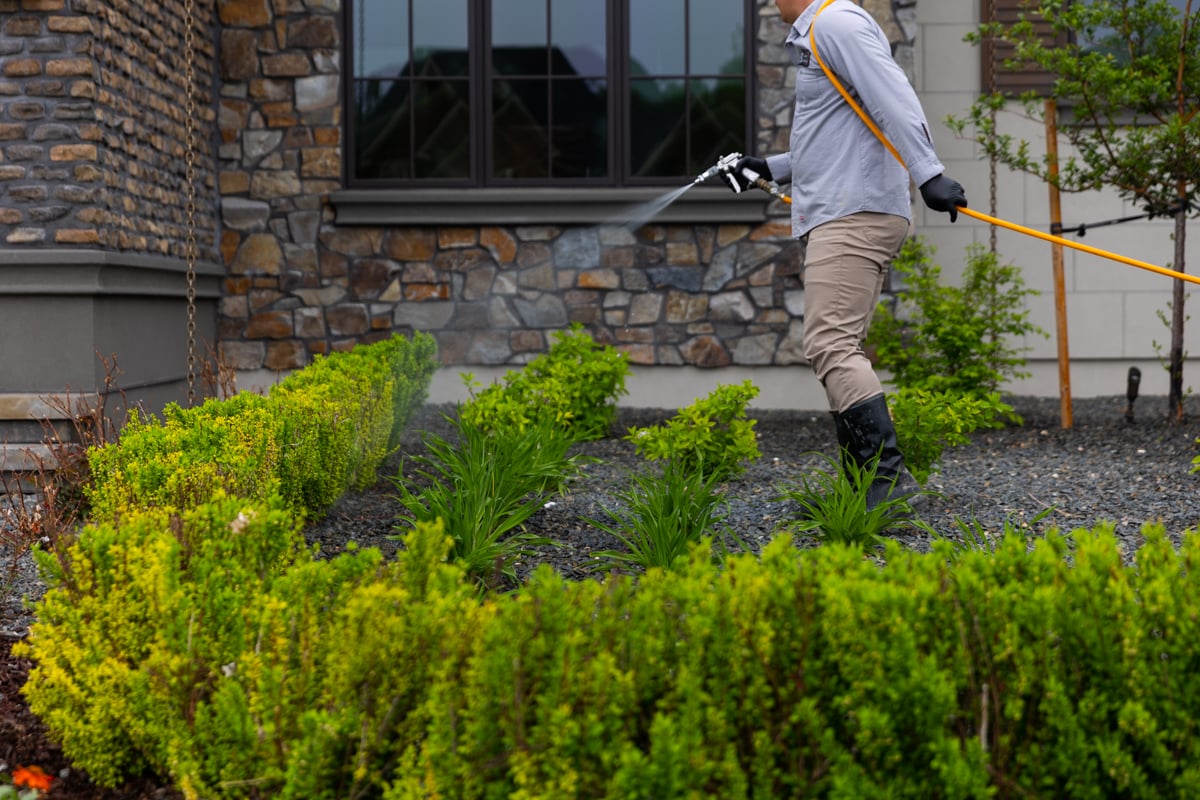
Lawn Buddies technicians space treatments out about six weeks throughout the season to line up with your lawn care treatments.
6. Do You Need Tree and Shrub Pest Control Services in Winter?
Good news: most bugs aren't actively feeding on your trees and shrubs during Idaho winters. So getting tree and shrub insect control services in Idaho Falls, and Boise, ID in winter would be a waste.
Here in cold Idaho, the pesticides sprayed on leaves would just freeze to your plants.
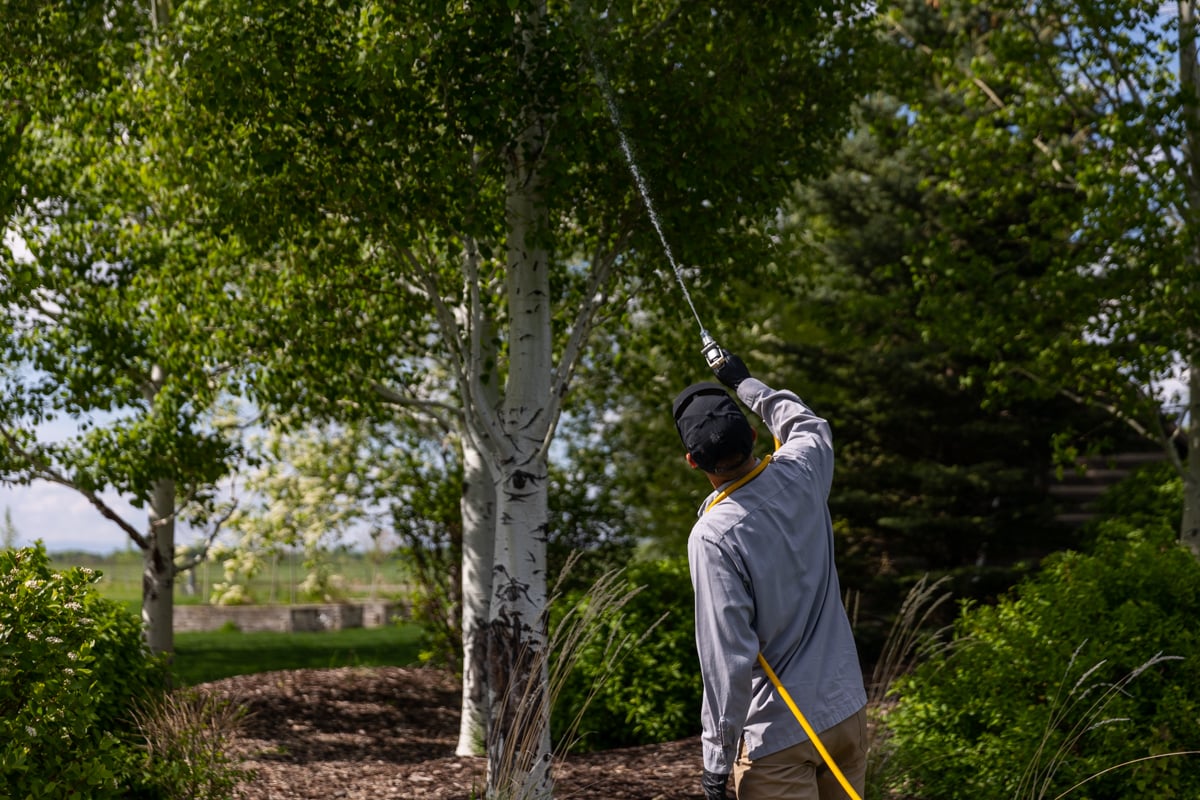
Our last foliar tree insecticide treatment is done in September.
7. How Soon in Spring Can You Start Tree and Shrub Pest Control Services?
If you’re the worrying type and stressed that damaging insects and their hungry larvae are waiting to pounce on your trees and shrubs at the first thaw, you can treat them with dormant oil in early spring.
Also called horticultural oil, dormant oil sprays is a highly refined petroleum product used as an insecticide to suffocate insects and insect eggs that have overwintered on trees and shrubs.
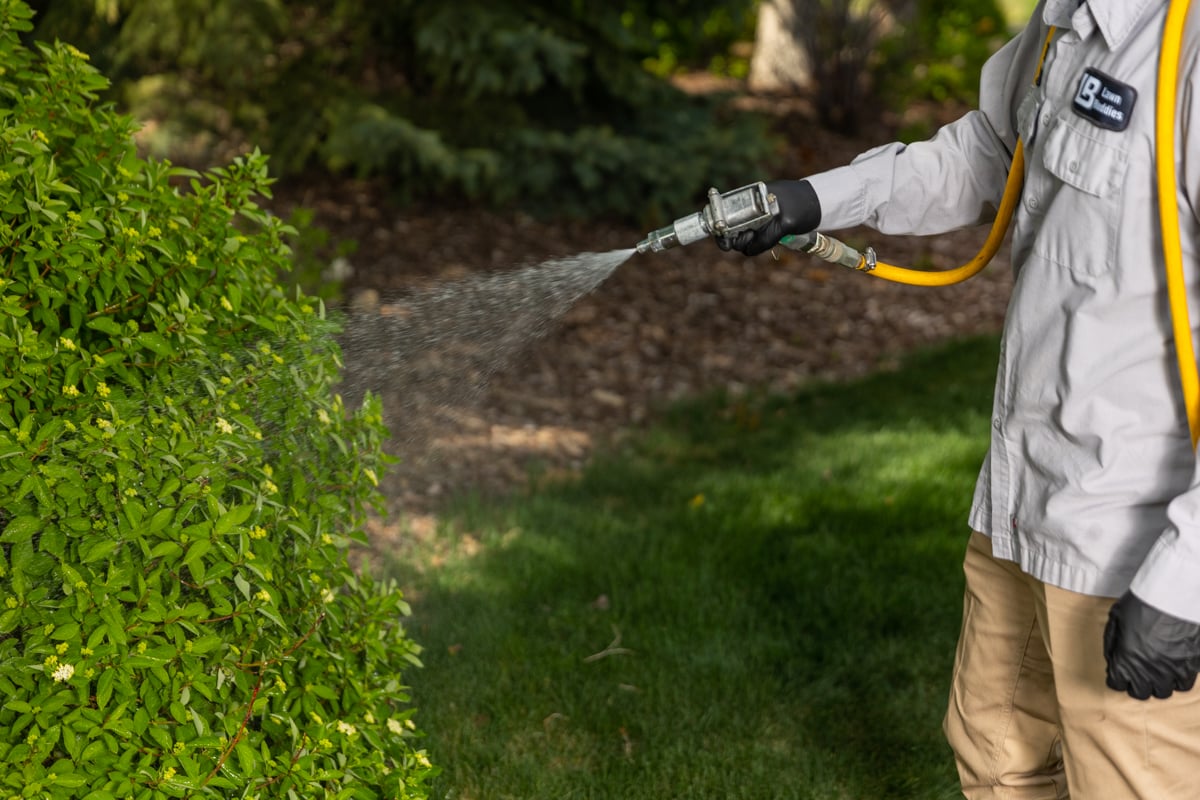
Instead of poisoning the bugs, you’re basically smothering them with the oil. The oil kills any lingering insects as well as their eggs, so they won’t hatch in the spring.
Lawn Buddies technicians will apply the oil spray in early spring while your trees and shrubs are still dormant.
Then, bye bugs. It’s a great way to protect trees and shrubs from winter pests waiting to pounce in spring.
8. It’s Possible I Don’t Have an Insect Problem, Right?
Well, you probably have aphids.
How can we be so sure? Everybody has aphids.
The tiny pests are the most common insects found on trees, shrubs, and garden plants.
Aphids are tiny, soft-bodied insects less than a quarter-inch long, nearly invisible to the naked eye.
It’s actually easier to spot aphid damage than the teeny aphids themselves.
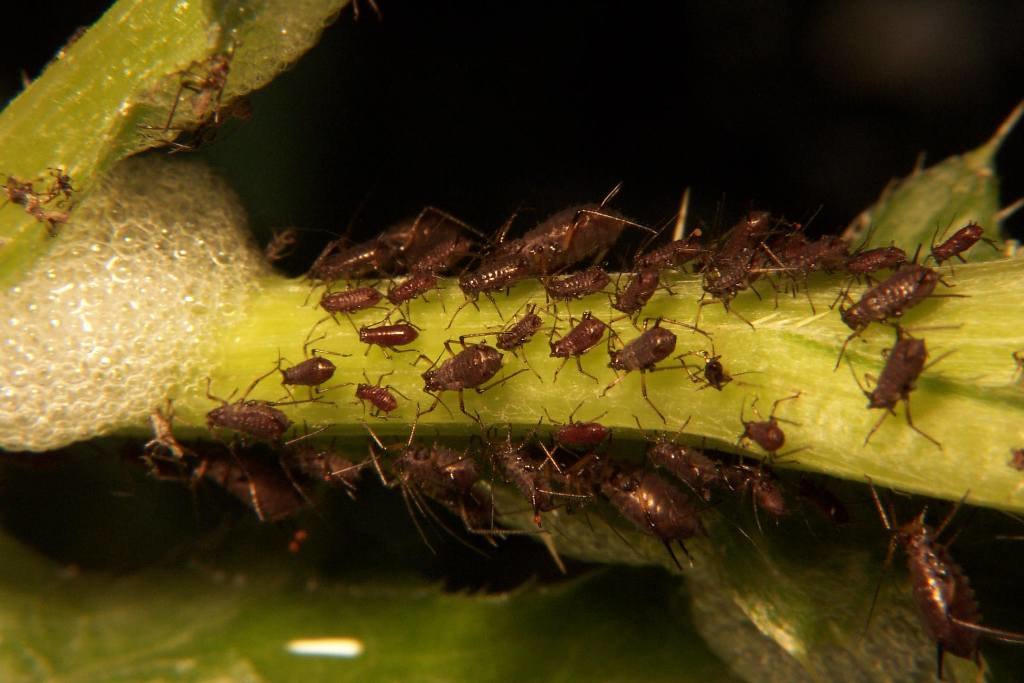
Aphids feed by sucking the nutrient-rich liquids out of plants. Rude, right?
When a whole bunch of them gather to feast, like a bountiful bug buffet, their feeding can cause wilting and sometimes even dieback of shoots and buds.
Aphids multiply quickly, so it’s important to get them under control with tree and shrub pest control before reproduction starts. Many generations can occur in one season.
Are Your Trees and Shrubs Ready for a New Best Friend?
Take good care of your tree and shrub pals. Keep your eye out for pests so you can catch them early.
Or, just relax and leave that to us.
Expert tree and shrub insect control services in Idaho Falls, and Boise, ID are available for our customers who use our full-service lawn care program.
The first step is to sign up for our 6-step complete lawn care program.
You’ll be glad you did.
Choose an Idaho Falls or Boise professional lawn care service that makes it easy, bundling your yard’s most-needed treatments into one convenient, no-fuss plan.
Fertilizing, weed control, grub control. Done. Expert tree and shrub services: Double done.
We’ve got your back.
Got a few minutes? That’s all you need to get started.
Fill out the form on this page.
Call us at (208) 656-9131.
Or read more about our services.
Then kick back and relax in your healthy, thriving yard.
Image Source: aphids


